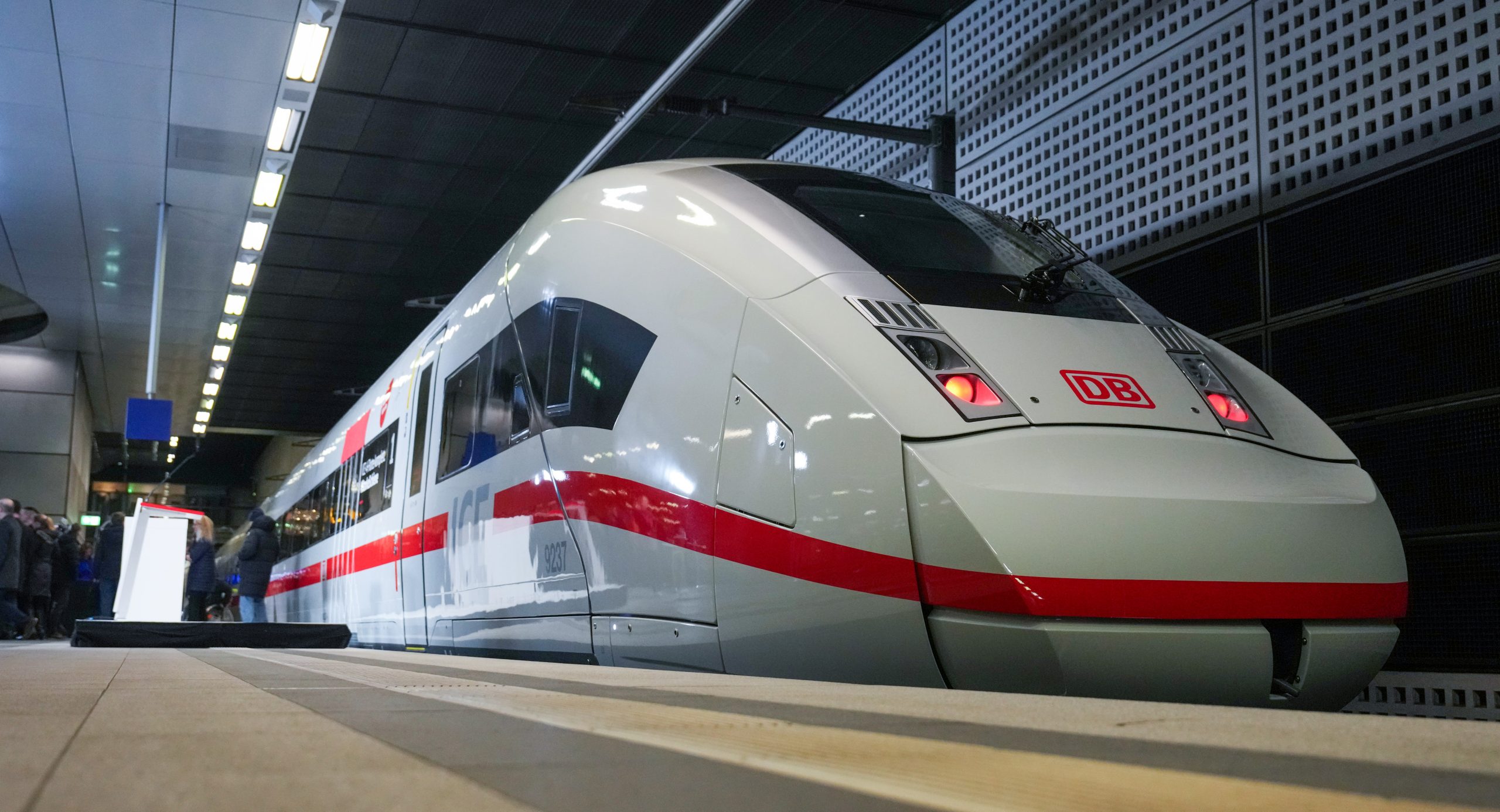The German Aerospace Center (DLR) and DB Systemtechnik test air conditioning technology under real conditions. The new agreement extends research cooperation in the converted ICE carriage for another three years.

Comfortably warm in winter, pleasantly cool in summer, always odorless and always fresh – this is how rail travelers want the air on the train.
Deutsche Bahn (DB) and the German Aerospace Center (DLR) have been researching together since 2020 how to make air conditioning comfortable, effective and energy efficient. They have extended the successful research collaboration for another three years.
An ICE carriage is being used for testing
For research into technologies that increase the well-being of passengers and reduce the energy required for air conditioning, a regular ICE carriage with complex sensor technology has been converted into a “demonstrator vehicle for innovations in passenger comfort and air conditioning”, or DIRK for short.
The carriage is located on the DB Systemtechnik site in Minden, Westphalia. There, Prof. Andreas Dillmann, Director of the DLR Institute of Aerodynamics and Flow Technology, as well as Dr. Hiie-Mai Unger and Christoph Kirschinger from the management of DB Systemtechnik, the DB’s engineering office, signed the new cooperation agreement today.
In the coming years, the experts at DIRK want to investigate, among other things, how aerosols in indoor air can be combated safely and effectively.
In a joint research project funded by the EU, they want to test the effectiveness of new filter, ventilation and air conditioning concepts under the real conditions of an ICE train carriage.
The evaluations will incorporate findings from previous practical studies at DIRK as well as the theoretical work of the DLR Institute of Aerodynamics and Flow Technology.
“Rail is a key mode of transport for climate-friendly mobility that also meets society’s demands. The joint research by DLR and Deutsche Bahn is helping to strengthen rail as a comfortable alternative to cars and planes. Comfort, air conditioning and – especially after the corona pandemic – safety play an important role in ensuring that even more travelers decide to switch to rail. We want to continue to research these factors together and implement them in corresponding technological innovations”, Prof. Meike Jipp, Head of Energy and Transport at DLR said.
For the studies on comfort and climate, the DIRK not only records the temperatures of the room air and surfaces, but also measures air movement and humidity at different locations, as well as air quality based on CO₂ levels, for example.
“The sensitivity to air quality and a comfortable indoor climate has increased significantly in recent years. With the DIRK, we have been able to provide a lot of valuable information on effective air treatment and distribution in railway carriages. This has enabled railway companies not only to ensure even greater well-being for passengers, but also to use energy for heating and cooling even more efficiently. We want to continue this research in order to be able to make qualified assessments in the future of which new developments and innovations will further increase the comfort and well-being of rail passengers. Finally, as part of our ‘Strong Rail’ strategy, we want to double the number of passengers on our long-distance trains in the coming years”, added Christoph Kirschinger, Managing Director of DB Systemtechnik.
Surveys with test subjects on their individual perception of temperature at different air conditioning settings have also been carried out in the DIRK.
With its extensively documented measurements, the DIRK is available to the entire rail sector for studies and as a reference model for comfort and air conditioning.
The research results from DIRK benefit travelers as well as railway companies: They support comfort on board as well as the efficient use of heating and cooling energy. After all, air conditioning is the second largest consumer of energy in rail vehicles after the drive.
Share on:



